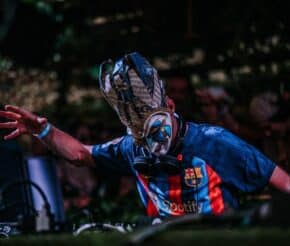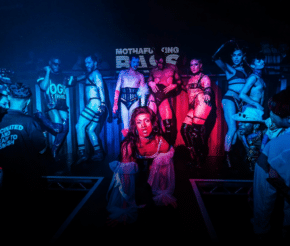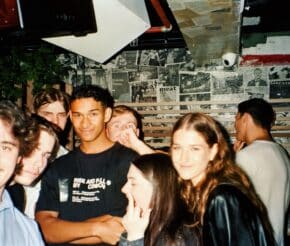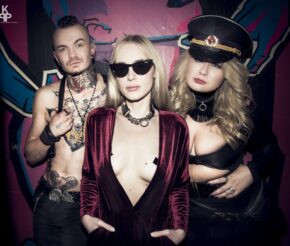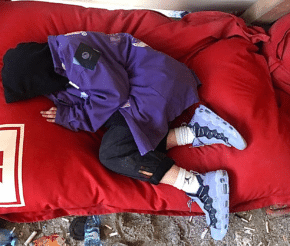- Advertise
-
Subscribe
What Makes a Real ‘Rave’?
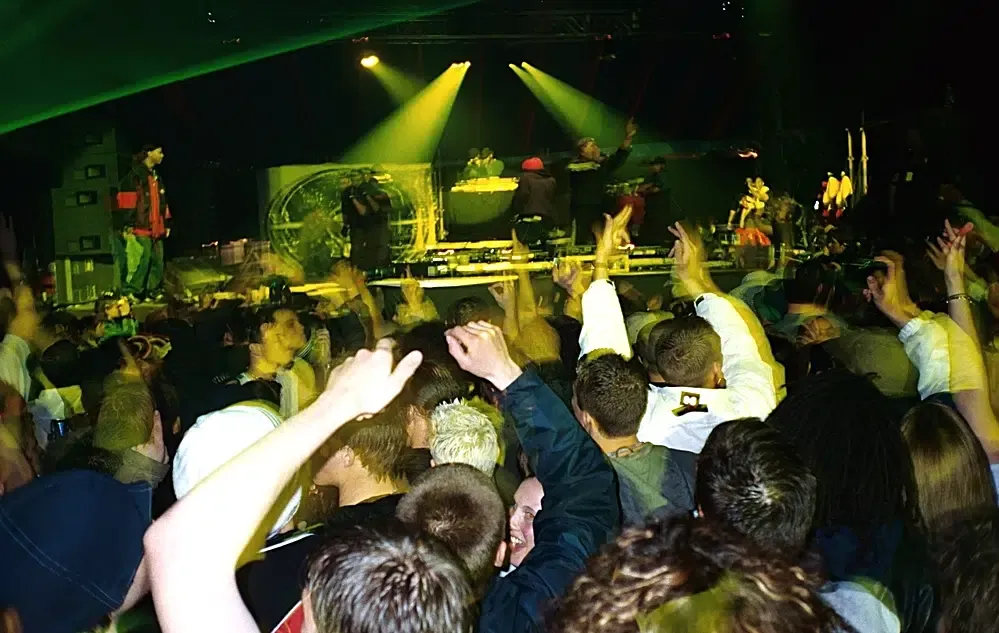
The modern-day ‘rave’ is all about scale.
Enormous stages, thousands of attendees, dazzling light and sound spectacles, and of course, commercialization.
When we consider how raves used to be when they first emerged in the late 1980s, many believe that profit-oriented festivals have completely sidetracked from the real essence of rave culture.
So what actually makes an authentic rave?
Raves are underground and anti-establishment
Evolved from 1980s dance parties, raves came about as an underground movement kickstarted by acid house music. The new sound, named after the first demo of its kind, ‘Acid Tracks’, was a breakthrough for House music and greatly influenced the way lovers of the genre partied.
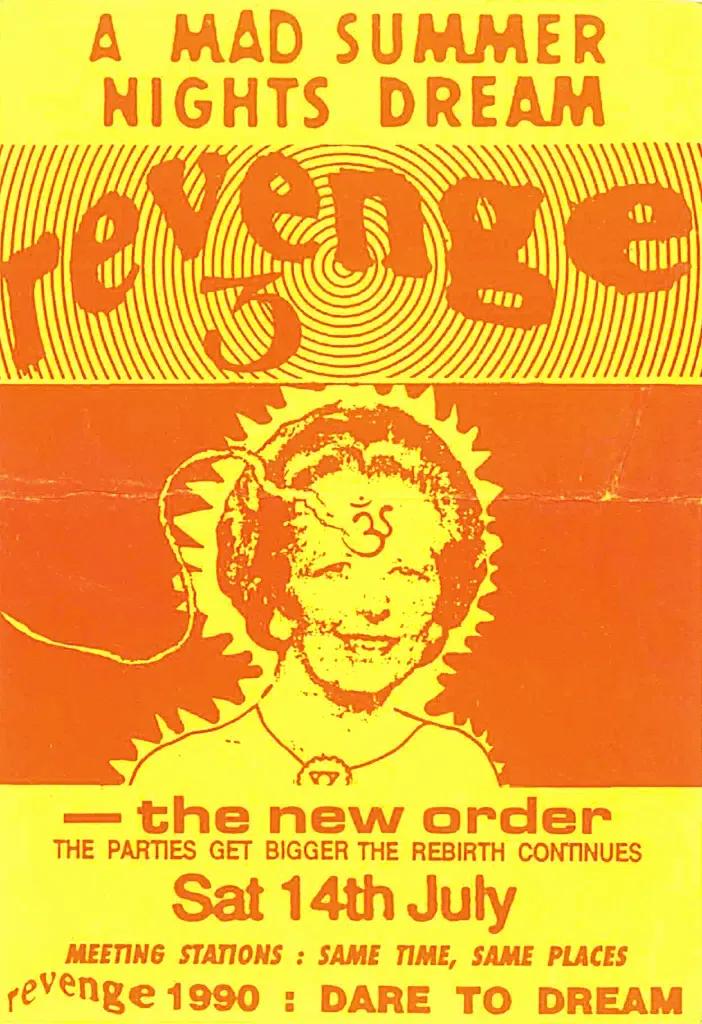
The acid house clubbing scene was started in Chicago by a group called Phuture, and then made its way to Europe, but the trend particularly caught on in the UK.
Huge outdoor gatherings would take place where people would come together and dance all night to this unique new genre.
But it wasn’t long before government crackdowns fueled by noise complaints and concerns of drug use sent the scene into hiding.
“Because of the excitement and ‘high” at these acid house parties, the UK banned them. […] So you know how it is, if the mainstream says “no!” then the general youth consciousness says “yes”!”
DJ Pierre in an interview with DJ TechTools
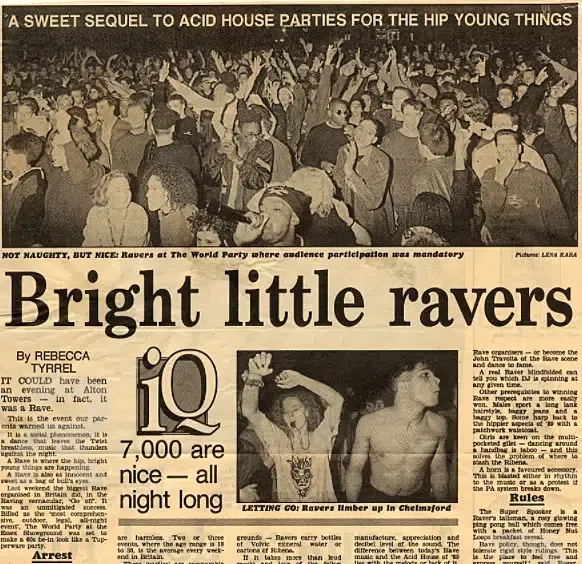
As a literal act of defiance against government regulations and mainstream dismay, UK underground raves were born.
Raves were the biggest youth revolution since the 60s at the time. As authorities, press and the general public looked on with dismay and alarm, the new rave world was born.
In comparison, the music festivals of today happen to be incredibly commercialized. One Reddit user, who has asked to remain anonymous, puts it simply:
‘These events are always corporate-sponsored, so there’s a disconnection of being at an event that’s built on the backbone of freedom and anti-establishment while pushing you to buy certain energy drinks or sign up for promos.’
Anonymous / Reddit
The true essence of raves is that they go against mainstream establishments. These days, these very establishments are what make festivals possible through funding, sponsorships and promotions.
Raves focus on community, not the DJs
Raves have always been about community.
Started by and for people who felt restricted by authorities, raves acted as a safe space for these individuals to come together over their shared love of music, freedom and partying.
Rave culture was built around PLUR – a lifestyle motto calling for Peace, Love, Unite and Respect.
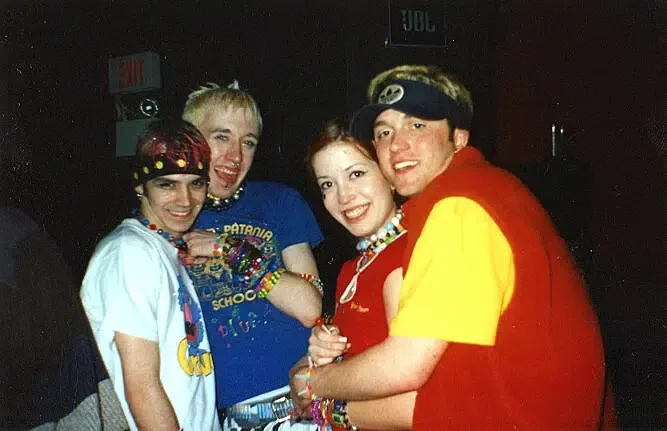
PLUR is all about the sense of belonging and understanding shared between the ravers. The exchange of gifts was common among ravers, so was the formation of strong, resilient friendships.
‘Raves focus on the local community and continuing the values and experiences that the music and culture have to offer. More importantly, raves are done out of love and passion. ’
Anonymous / Reddit
They’re less about the extravagance of a venue or the popularity of the DJs playing. Instead, raves are a lot more down to earth, and focus on the actual connection between the people who populate them.
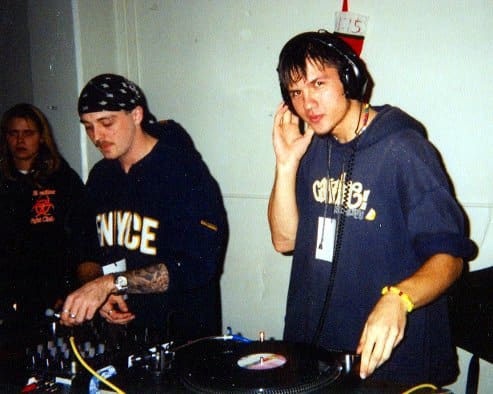
Of course, the DJs are appreciated for the music they play, but the hype isn’t about them, and in old school raves, DJs usually wouldn’t be the center of attention.
We spoke to Aaron H, who used to attend (and sometimes DJ at) raves in the 1990s and early 2000s. He looks back at the role of DJs in the early rave scene:
‘There was a club I used to go to in Philly that was an old factory — the DJ was set up in the foreman’s office — zero visibility to the DJ but it didn’t matter at all.’
Aaron H u/armahillo / Reddit
It didn’t matter who the DJ was in the larger scheme of things, it only mattered that the ravers loved what they played.
In many cases, the artists themselves had little knowledge of DJing or professional electronic music production. They were merely dedicated pioneers who took on creating music for the people and events they loved.
These days, A-list DJs can easily earn 6 figures from playing at festivals and are usually the event’s selling point.
Not quite the same humble scene it used to be.
Raving is based on active engagement, not show-watching
One of raving’s biggest appeals to the revellers was that it was based on their active engagement. Ravers felt like they were all part of the show together.
Dancing freely in a dark room with no interruption of light beams, dancers and performers, or domineering stage effects made raving all about the people.
With everything else stripped away, each partygoer has their own spotlight, and gets to feel like the night was all about them and their friends.
Nowadays, festivals tend to feel like a show you attend to watch, rather than something you’re actively taking part in.
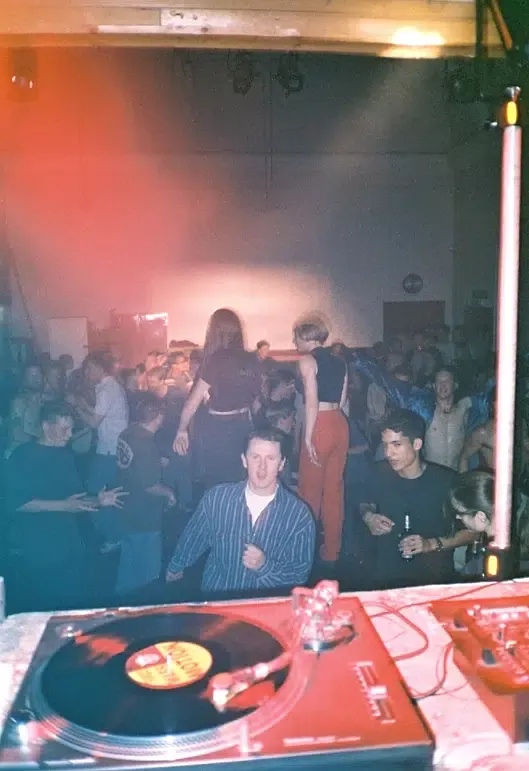
‘By comparison, festivals and modern EDM events are so centered on the DJ it’s kinda absurd. Like the lighting and stage effects are similar to a rock band or something. The shift in emphasis makes the experience more passive (something you watch) rather than active (something you participate in)’
Aaron H u/armahillo on Reddit
Raves are independent from mass media and the ‘pay party’ scene
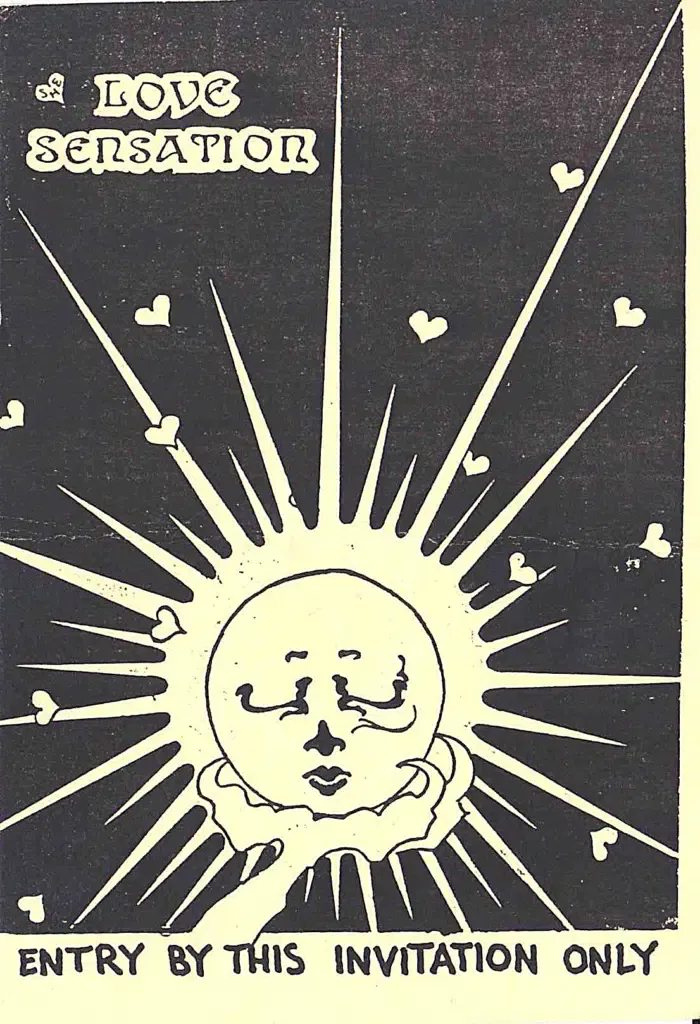
Essentially, raves aren’t organized by big corporations or paid for by famous brands. They’re also not publicized in the same way festivals would be.
The invites for underground raves are usually passed around on a small scale, with only friends or friends of friends receiving intel on the location of the events.
People already within the community can get access easier than others as a way to steer clear of the public eye and not attract the attention of authorities.
There are also no third party companies contracted to take care of vendors, book acts, or hire security. Hosts have to utilize local resources to get their events going and won’t rely on mass media to promote or fund them.
Originally, the parties would usually be hosted away from club and bar venues. Instead, warehouses, basements and fields among other remote locations were prime choices for raves.
We spoke to Simon – who used to regularly go raving in the 1990s and currently owns a directory for old school rave resources and images – about what made raving special in comparison to regular club nights.
‘You had to wear smart clothes and shoes to get into a club back in late 80s and early 90s, they were always full of beer heads wanting to fight, hence why we loved raves so much. Didn’t really do the pay party scene, more the free parties in fields and warehouses.’
Simon / Webm8
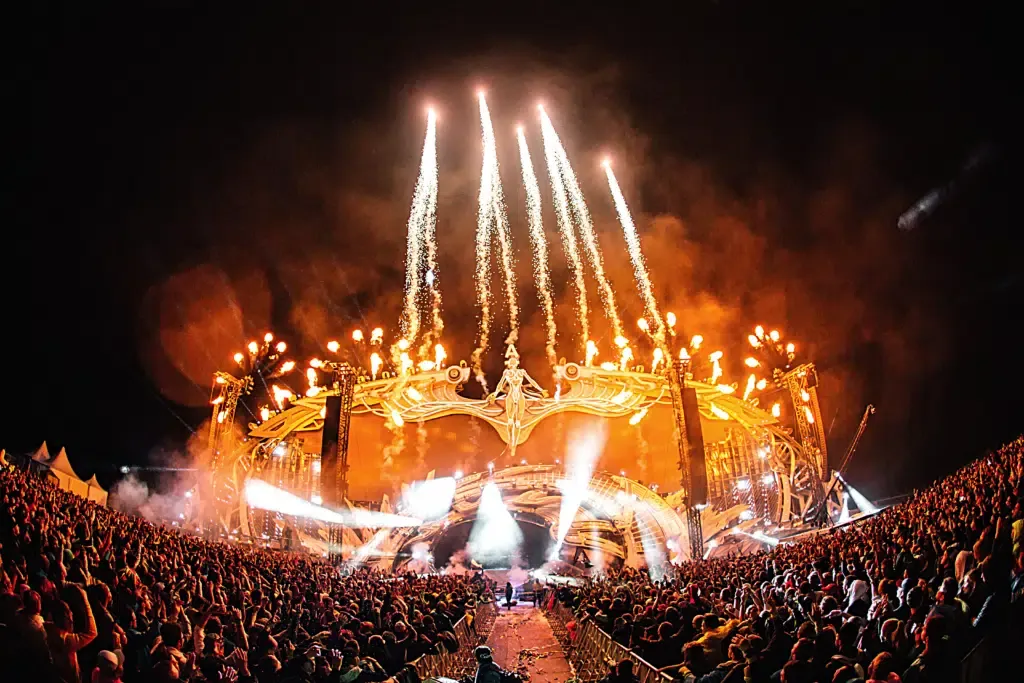
Real raves are all about authentic experiences
Ultimately, the authentic and adventurous experience of raves is what makes them what they are.
While some people see them as an anti-government music revolution, a path of escape from the 9-5 world, or a place to come together with a community built on love and freedom, it all boils down to raves being about authentic expression without all the commercialized fuss.
Looking at mainstream festivals headlining around the globe and attracting thousands of attendees, it might seem like authentic raves are a thing of the past.
But the underground movement still pulses beneath the surface.
